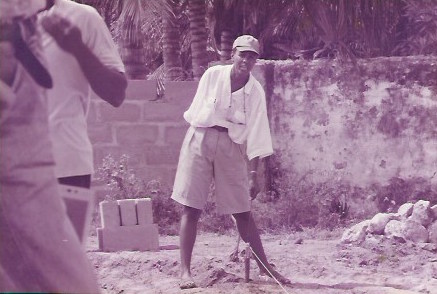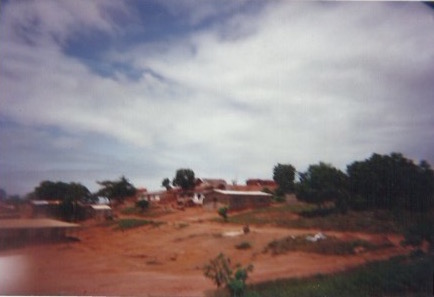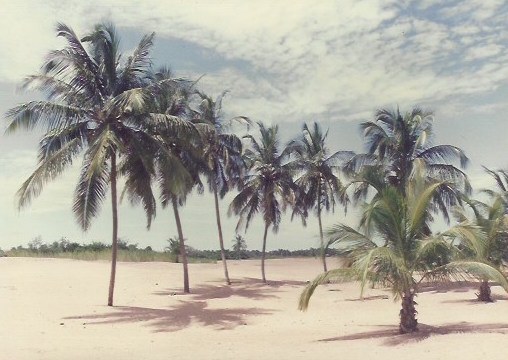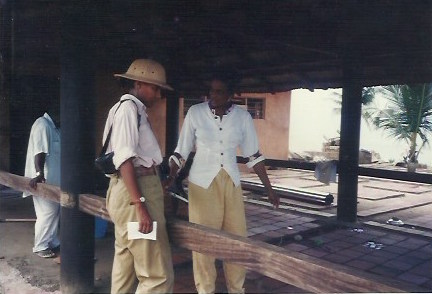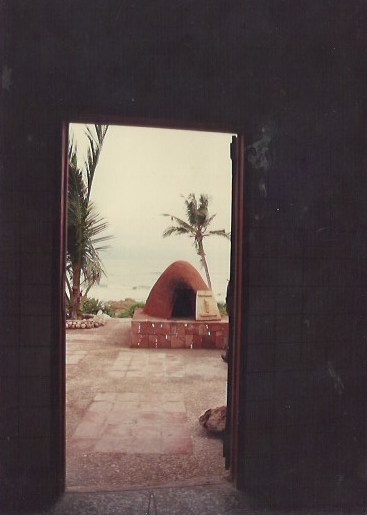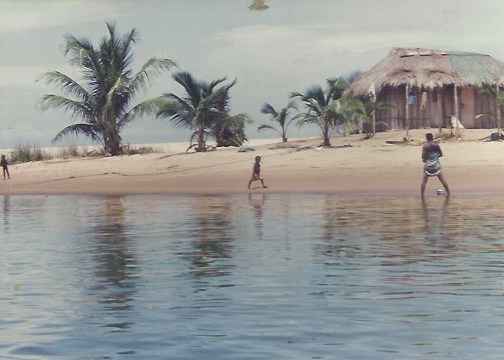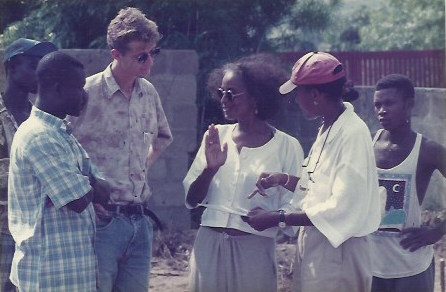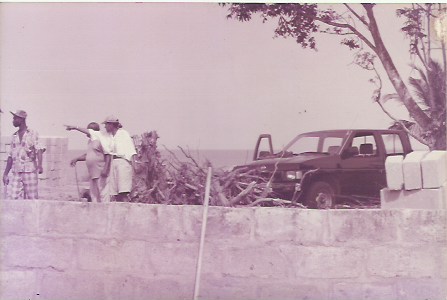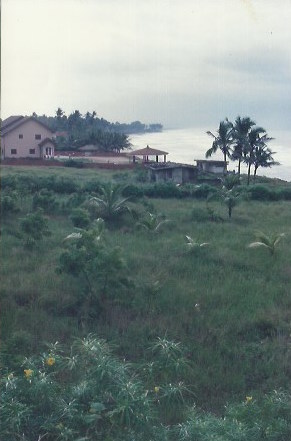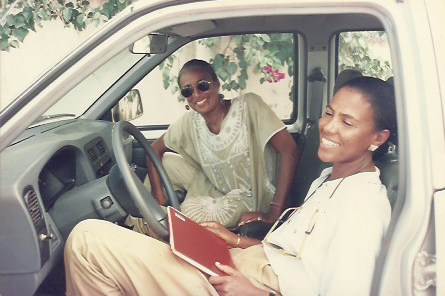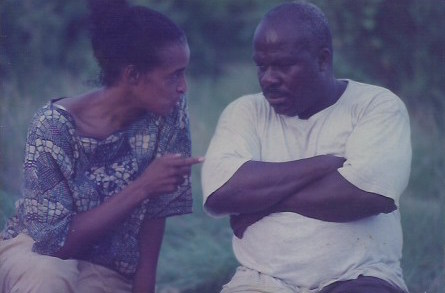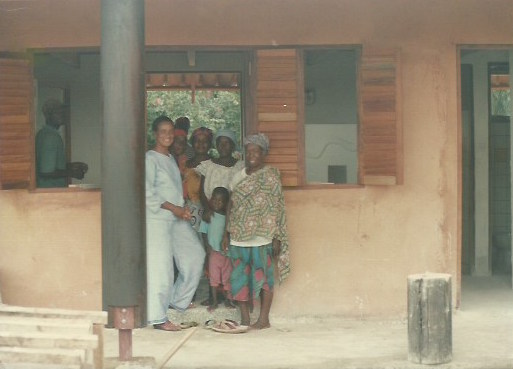A BRIEF HISTORY OF GHANA
Ghana is an Ancient Empire rich in cultures, tradition and diverse ethnic groups. In the 15th Century, the Portuguese found so much gold between the rivers Ankobra and the Volta that they named the place Elmina – meaning The Mine. In 1482, the Portuguese built a castle in Elmina with the aim of trading in gold, ivory and slaves. King John II of Portugal sent Diego d’Azambuja to build this castle. The first catholic church was established in there, and Christopher Columbus was a trainee navigator at Elmina. There are over 43 forts and castles built by the Portuguese, Danes, English and French along the Gold Coast now called Ghana. These forts and castles were used for a range of mercantile activities including the Trans-Atlantic slave trade. Later, the Gold Coast was adopted to by the English colonizers who colonized Ghana until independence on 6th March, 1957 which made Ghana the first country in Sub Saharan Africa to be an independence nation. The attainment of independence was led by Dr Kwame Nkrumah, a Pan Africanist educated in the US at Lincoln University. W.E.B DuBois moved to Ghana to with his wife, Shirley Dubois, and they were both buried here in Accra-Ghana. The parallels between the history of Ghana and of the U.S pose an interesting discussion, and, at the Kokrobitey Institute, we want to encourage perception of Ghana's history by international visitors as a cultural exchange of ideas.


